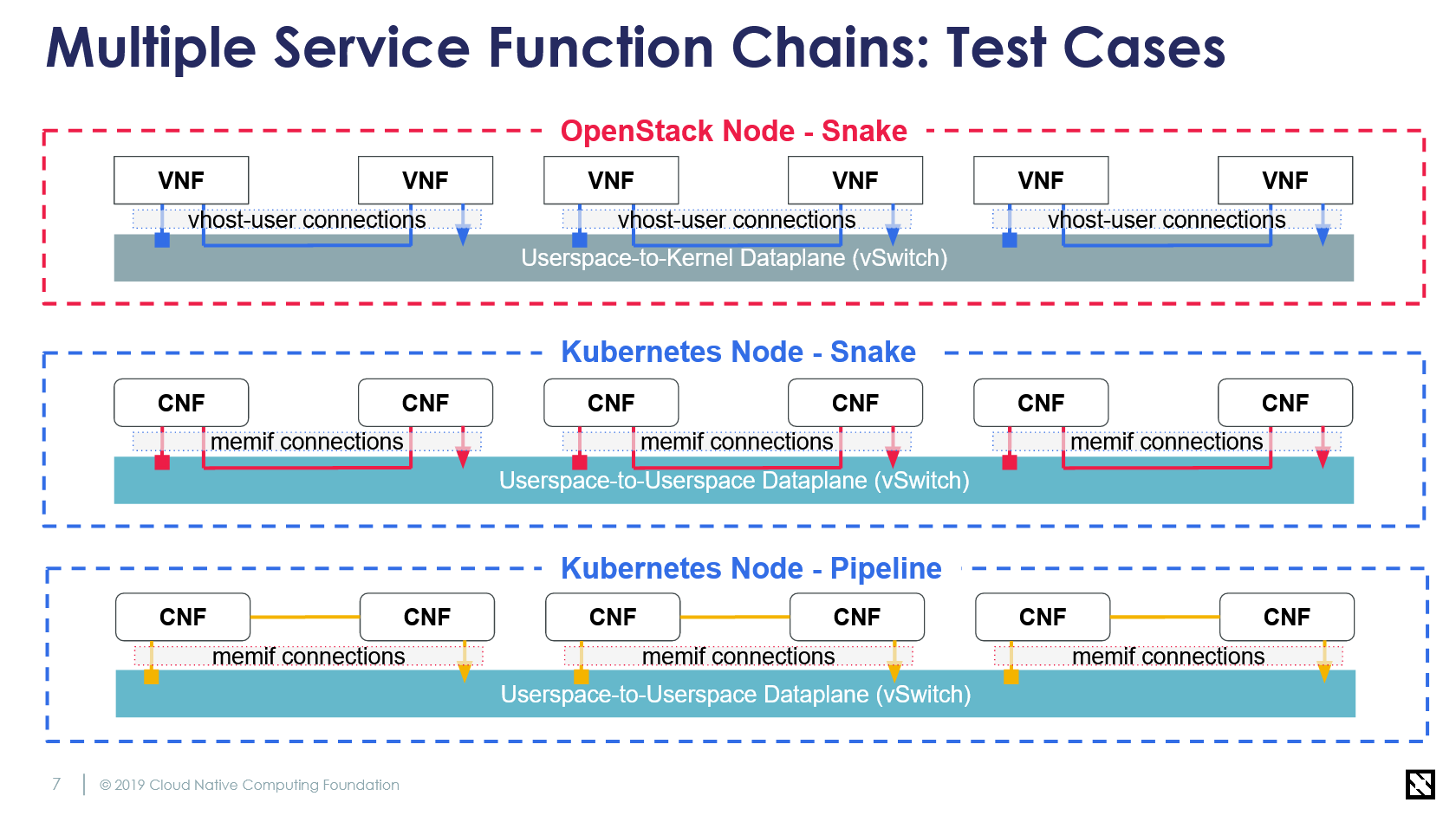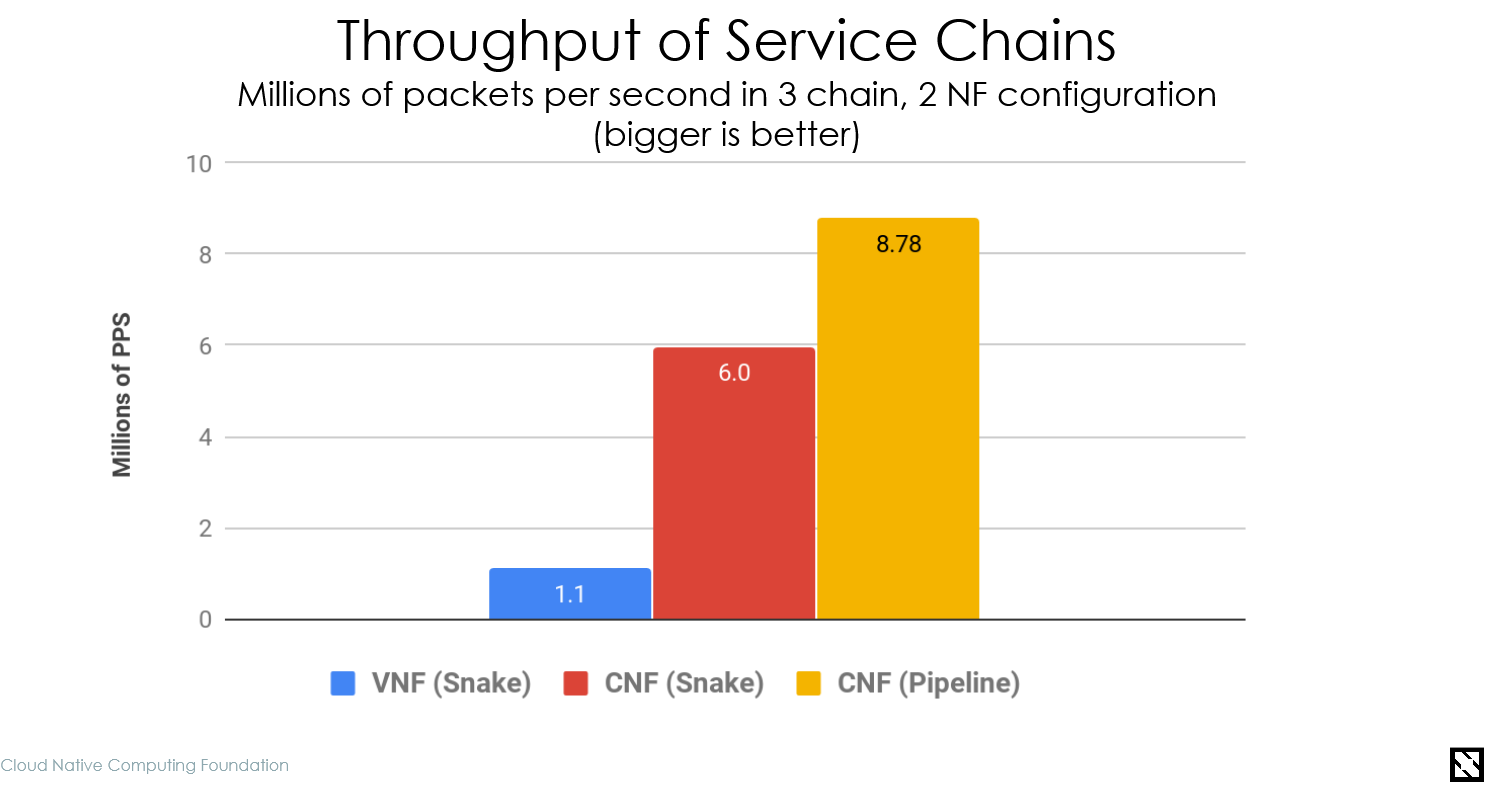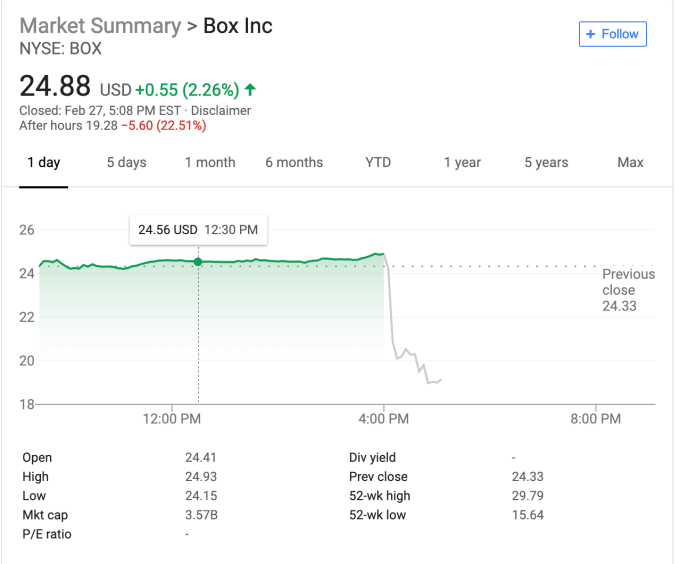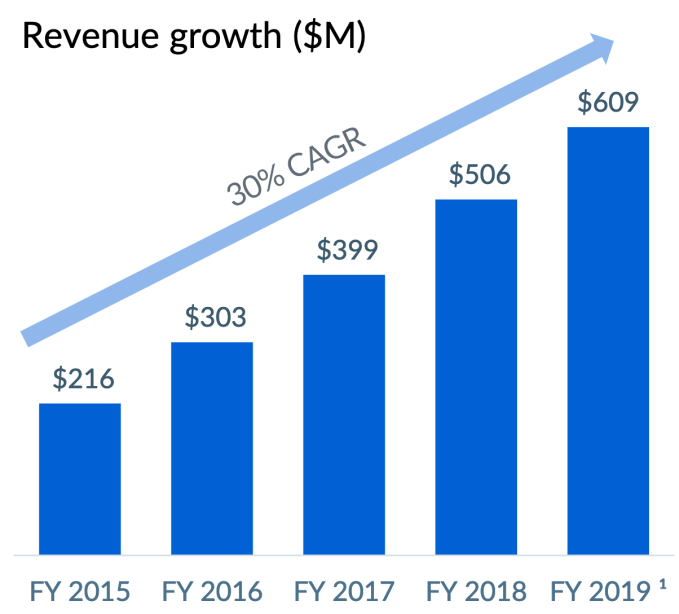Zūm, a ridesharing service for kids, raises $40 million
Ridesharing isn’t just for transporting teenagers and adults anymore. Zūm, a ridesharing startup for kids, just raised a $40 million Series C round led by BMW i Ventures with participation from Spark Capital and Sequoia Capital. This brings the company’s total funding to $70 million.
Zūm is a mobile app that enables parents to schedule rides for their kids from fully vetted drivers. It also partners with school districts to support their transportation needs. To date, the company has partnered with 150 school districts across the country and transported more than 500,000 students.
“Zūm has proven itself as a force to be reckoned with in a market that has a lot of untapped opportunity,” BMW i Ventures managing partner Ulrich Quay said in a statement. “Its leadership is strong not only because of their drive to help working families, but because they themselves have families and understand the need for better child transportation, today. We’re proud to be supporting Zūm and look forward to seeing its momentum as it continues driving funds back into schools.”
The plan with the funding is to support the increase of partnerships with schools throughout the nation. Additionally, Zūm plans to use the funding to further develop its one-stop platform technology for schools. This platform features route optimization, vehicle and quality tracking and real-time vehicle dashboards for schools.
“I’m honored to gain the support of our incredible investors who believe in what Zūm does, and our mission to build the world’s largest and safest transportation service for students,” Zūm founder and CEO Ritu Narayan (pictured above) said in a press release. “It is beyond exciting to have investors who have supported transportation, tech and marketplace startups across the globe, and to know they see in Zūm what I’ve seen since the beginning—ineffective, inefficient school transportation is a massive issue and we need to build a better future for our children.”
Zūm, however, is not the only startup tackling transportation for kids. HopSkipDrive, a rideshare service that picks up your kids, similarly partners with school districts for school bus alternatives. In 2017, HopSkipDrive raised a $7.4 million round to bring its total funding to $21.5 million. There’s also Kango, a more Uber-like service for kids. However, you may recall Shuddle’s shutdown of its Uber-like service for kids in 2016. Shuddle had raised $12.2 million prior to shutting down. Perhaps partnering with schools and school districts is the way to go in this kid ride-hailing business.
Powered by WPeMatico
SoftBank’s Vision Fund invests $1.5B in Chinese second-hand car startup Chehaoduo
SoftBank’s Vision Fund is taking a bet on China’s auto market after it agreed to pour $1.5 billion into online car trading group Chehaoduo, which literally means “many cars” in Chinese.
The Beijing-based company operates two main sites — peer-to-peer online marketplace Guazi for used vehicles, and Maodou, which retails new sedans through direct sales and financial leasing. (These sub-brands are more subtly named; they translate to “sunflower seeds” and “edamame,” respectively.)
Chehaoduo said it will deploy the proceeds on technology investments as well as the development of new products and services. It also plans to ramp up its marketing efforts and continue to open brick-and-mortar stores, an omnichannel move it believes can enhance trust in consumers used to meeting dealers in person and differentiate it from peers with an exclusively online focus. Chehaoduo currently runs 600 offline stores nationwide supporting new and used car dealing along with after-sales services.
The sizable funding round arrived at a time when China’s softening economy is sapping consumer confidence, but the company’s two-pronged strategy makes sure it covers a broad range of consumer demands. New passenger car sales in China — the world’s largest auto market — fell for the first time since the 1990s to 23.7 million units last year, according to a report by China’s Association of Automobile Manufacturers, the country’s top auto association.
On the other hand, used cars became a more economical choice in a consumer culture that, unlike many countries in the west, has been slow to embrace second-hand goods. But that mindset is shifting as people feel the heat of the Chinese economic downturn: Secondhand car sales were up 13 percent during the first 11 months of 2018, data from China’s Automobile Dealers Association show.
“China’s used car market is growing rapidly but online penetration remains low and auto financing is underutilized compared to developed markets. In just three years, Chehaoduo Group, through the Guazi brand, has leveraged the latest innovations in data-driven technology to establish China’s leading car trading platform,” says Eric Chen, partner at SoftBank’s Investment Advisers, in a statement.
The Japanese investment group has been a prolific backer in the mobility industry through a variety of affiliated companies with Vision Fund being one. SoftBank’s massive portfolio includes the likes of Uber, Didi Chuxing and Grab .
Chehaoduo counts Uxin and Renrenche as its most serious rivals. Uxin raised $225 million from a U.S. initial public offering last June while Renrenche lured Goldman Sachs in a $300 million funding round last year that also saw participation from Didi and Tencent.
Powered by WPeMatico
Mirakl raises $70 million to manage the marketplace of your e-commerce website
French startup Mirakl raised a $70 million funding round. Bain Capital is leading the round, with existing investors 83North, Felix Capital and Elaia Partners also participating.
If you’ve bought a few products from a third-party seller on an e-commerce website that isn’t Amazon or Alibaba, chances are you’ve used Mirakl in the past. The company has built a solution to manage the marketplace of your e-commerce platform.
While Mirakl doesn’t have a ton of customers, each customer is very valuable. The company has worked with some of the biggest names in e-commerce so that they could add a new revenue stream with a marketplace. Examples include Best Buy in Canada, Walmart in Mexico, Office Depot and Darty.
The startup also lets you create B2B marketplaces for bulk selling and other complicated transactions. Sellers can set minimum and maximum quantities and customize their listings.
In 2018, the startup managed to add 60 customers and launch 37 marketplaces — it doubled the gross merchandise volume compared to 2017. And it’s true that marketplaces are attractive. You can greatly increase your sales without any physical infrastructure investment as third-party sellers handle logistics.
Behind the scene, Mirakl has developed connectors that work with multiple e-commerce platforms. After setting up Mirakl, your third-party sellers will also get their own on-boarding back end. And Mirakl continuously helps you when it comes to maintaining a certain level of quality and handling orders.
More recently, Mirakl has developed a catalog manager so that you can more easily manage product listings. It lets you get product information, merge product listings and moderate your platform in general. Any e-commerce website can use it, not just websites that operate a Mirakl marketplace.
The company has also launched a services marketplace so you can upsell your customers with extended warranties and insurance products from third-party companies before they check out.
Mirakl works with global B2B platforms as well as retail websites that usually operate in a country or a handful of countries. Thirty percent of retail clients are French, 30 percent are American and 40 percent are from the rest of the world. The startup charges an upfront fee as well as a monthly subscription that varies according to the success of your marketplace.
With today’s funding round, the company plans to do more of the same, at a bigger scale. Mirakl will expand the team, expand to new countries and improve its product offering.
Powered by WPeMatico
Fortnite Season 8 is now available, and it includes pirates, cannons and volcano lava
Fortnite, the world’s most popular game right now with some 200 million players, has just announced that its much-anticipated Season 8 is available.
For those of you who don’t play Fortnite, the title takes an episodic approach with new features, tools and maps released every few months. That keeps things fresh, gamers engaged and the money flowing as each new season offers a Battle Pass, which costs around $10 and unlocks a load of goodies, including skins and emote dance moves.
Season 8 is pretty much what the leaks this week suggested. The theme is pirates, with new skins that include a gigantic banana suit, pirates and snakes, and pirate cannon is a new weapon that’s been added. Cannons can dish out 100 damage when there’s a direct hit, or administer 50 damage on those in the impact area — it can also be used to fire players to new locations.
The map is also a major Fortnite focus, and Season 8 has added lava to the existing volcano. Stepping on lava gives players one damage point per touch while there are volcanic vents that can be used to send a player or vehicle into the air using a gust of hot air. There’s also a range of treasure to be found inside pirate ships, another new addition (which is where the cannons can be found).
On the gaming-playing side, the major addition is “Party Assist” mode, which lets players bring their friends into Fortnite’s daily or weekly challenges. Those challenges are important to players because they unlock treasures, including skins, and, in fact, those who played Season 7 could earn a free Battle Pass for Season 8 by completing the right challenges. That might have saved a few million parents $10.
(By the way, if you’re struggling to load the game, that’s because scheduled maintenance kicked off at 4am EST in preparation for the new season launch — you can find more info on the status page here.)
Those are the main additions, though game-maker Epic Games has chucked in a few little touches — including extending the somewhat comical “infinite dab” feature from 11 hours to 12, meaning that your character will keep dancing a little longer when left in the lobby.
I can’t help but think Season 7 was a greater leap — as the addition of planes and ziplines really changed how players get around — but we’ll have to see how the gaming public reacts. This time around, a lot of the focus is on skins and emotes, rather than features.
A recent report suggested Fortnite’s revenue had dipped in January, but that was pretty unfair because it’s the month that followed a surge in spending around the December Battle Pass and also, more generally, a surge around the Christmas holidays.
Sources told us recently Epic Games banked $3 billion in profit across its entire business in 2018, thanks in particular to Fortnite, and it needs to keep its season releases compelling if that streak is to continue. There’s a lot riding on Season 8, particularly as credible rivals emerge.
Powered by WPeMatico
NetEase is the latest Chinese tech giant to lay off a big chunk of its staff
NetEase, China’s second-biggest online games publisher with a growing ecommerce segment, is laying off a significant number of its employees, adding to a list of Chinese tech giants that have shed staff following the Lunar New Year.
A NetEase employee who was recently let go confirmed with TechCrunch that the company had fired a large number of people spanning multiple departments, including ecommerce, education, agriculture (yes, founder and executive officer Ding Lei has a thing for organic farming) and public relations, although downsizing at Yanxuan, its ecommerce brand that sells private-label goods online and offline, had started before the Lunar New Year holiday.
Multiple Chinese media outlets covered the layoff on Wednesday. According to a report from Caijing Magazine, Yanxuan fired 30-40 percent of its staff; the agricultural brand Weiyang got a 50 percent cut; the education unit downsized from 300 to 200 employees; and 40 percent of NetEase’s public relations staff was gone.
A spokesperson from NetEase evaded TechCrunch’s questions about the layoff but said the company is “indeed undergoing a structural optimization to narrow its focus.” The goal, according to the person, is to “boost innovation and organizational efficiency so NetEase can fully play to its own strengths and adapt to market competition in the longer term.”

NetEase CEO Ding Lei pictured picking Longjing tea leaves in Hangzhou. Photo: NetEase Yanxuan via Weibo
Oddly, ecommerce and education appear to be some of NetEase’s brighter spots. The company singled them out alongside music streaming during its latest earnings call as the three sectors that saw “strong profit growth potential” and “will be the focus of [the company’s] next phase of strategic growth.” The staff cuts, then, may represent an urgency to tighten the purse strings for even NetEase’s rosiest businesses.
The shakeup fits into market speculation about company staff cuts to save costs as China copes with a weakening domestic economy. JD.com, a rival to Alibaba, is firing 10 percent of its senior management to cut costs, Caixin reported last week. Ride-hailing giant Didi Chuxing plans to let go 15 percent of its staff this year as part of a reorganization to boost internal efficiency, though it’s adding new members to focus on more promising segments.
Alibaba took an unexpected turn, announcing last week that it will continue to hire new talent in 2019. “We are poised to provide more resources to our platforms to help businesses navigate current environment and create more job opportunities overall,” the firm said in a statement.
2018 was a tough year for China’s games companies of all sorts. The industry took a hit after regulators froze all licensing approvals to go through a reshuffle, dragging down stock prices of big players like Tencent and NetEase. These companies continue to feel the chill even after approvals resumed, as the newly minted regulatory body imposes stricter checks on games, slowing down the application process altogether and delaying companies’ plans to monetize lucrative new titles.
That bleak domestic outlook compelled NetEase to take what Ding dubs a “two-legged” approach to game publishing, with one foot set in China and the other extending abroad. Tencent, too, has been finding new channels for its games through regional partners like Sea’s Garena in Southeast Asia.
NetEase started in 1997 and earned its name by making PC games and providing email services in the early years of the Chinese internet. More recently the company has intended to diversify its business by incubating projects across the board. It has so far enjoyed growth in segments like music streaming and ecommerce (which is reportedly swallowing up Amazon China’s import-led service) while stepping back from others such as comics publishing, an asset it is selling to youth-focused video streaming site Bilibili.
Powered by WPeMatico
Fortnite Season 8 is about to kick off — here’s what to expect
Fortnite Season 8 is almost here. There’s a lot we don’t know — most things, really — but the long wait will be over soon. If you can’t stand the anticipation or the requisite server downtime, we’re here to speculate so you’ll be mildly less bored. It worked for us.
If Fortnite’s snowy Season 7 felt like it was dragging on through winter, things look to be warming up and melting out. Epic’s hinting makes it pretty clear that Season 8 will be a maritime adventure of some kind, swapping abominable snowmen for… pirates. There have been other watery clues though in recent days those expanded on what we assumed to be a marine theme of some kind, suggesting the map may soon be crawling with sea-faring marauders.
— Fortnite (@FortniteGame) February 28, 2019
If you combine the four pieces of an image teaser for the new season, you’ll clearly see a skull-looking situation with a hook hand on the right side and a… dragon-like creature (viper? scaly dude?) on the left. Below those images there’s a more clear dragon/monster creature and um, a freaked out looking banana. Because Fortnite.
‘X’ Marks The Spot
Treasure abound
Loot that has been lost
Can always be found.
4 days to Season 8. pic.twitter.com/1U8n7x4pQQ— Fortnite (@FortniteGame) February 24, 2019
Here’s the complete image of all four Season 8 teasers! #Fortnite pic.twitter.com/JLM952boz8
— Fortnite News – fnbr.news (@FortniteBR) February 27, 2019
Update: According to an Xbox leak, that right-side dragon creature actually could be a tiger mask that’s one of three featured Season 8 skins. Unfortunately, that tiger skin is so sweet I’ll probably have to play continuously until I get it, even though this game and I are on a break right now.
Xbox with the screw up this time! #fortnite #fortniteseason8 pic.twitter.com/QMNP3pgkcK
— fortnite leaks and news
[1.5K] (@fortniteleaks14) February 28, 2019
The red background and shape under the figures is distinctly lava-inspired, so we’re expecting a volcanic and or tectonic event to impact the map in some way that’s probably going to be centered around Wailing Woods, which has become brown, fissure-ridden and crispy in the last few days.
Then again, dragons can also make things pretty brown and crispy… as could a volcano full of dragons. And of course there’s the mystery of the dragon eggs below the castle made of ice. Will they turn out to be related to Season 8’s map transformation? Maybe, maybe not!

Sensing a theme…
Beyond the thematic elements, Fortnite players should also expect some kind of new mass server-wide live event to whisk them into the fresh season. Some people think this will be a volcanic monster with billions of HP that everyone has to take down across servers, and given the scaled imagery and impending volcano situation, that’s as good a guess as any.
Beyond pirates, dragons, volcanoes and assorted oceanic stuff, we don’t really know what else to expect yet, but knowing Epic’s penchant for maximalism, it’ll probably be, well, epic. One thing we do know: You should take one last joyride in the clouds because planes are set to be vaulted. Maybe players will be flying dragons this time tomorrow — that’s fine! Fly whatever you want, fly it in your banana suit, just please, please lock the plane noise in the vault for good.
Ahoy, mateys! Season 8 approaches and X marks the spot!
Downtime begins tomorrow, February 28 at 4 AM ET (0900 UTC).
— Fortnite (@FortniteGame) February 27, 2019
Powered by WPeMatico
Open-source communities fight over telco market
When you think of MWC Barcelona, chances are you’re thinking about the newest smartphones and other mobile gadgets, but that’s only half the story. Actually, it’s probably far less than half the story because the majority of the business that’s done at MWC is enterprise telco business. Not too long ago, that business was all about selling expensive proprietary hardware. Today, it’s about moving all of that into software — and a lot of that software is open source.
It’s maybe no surprise then that this year, the Linux Foundation (LF) has its own booth at MWC. It’s not massive, but it’s big enough to have its own meeting space. The booth is shared by the three LF projects: the Cloud Native Computing Foundation (CNCF), Hyperleger and Linux Foundation Networking, the home of many of the foundational projects like ONAP and the Open Platform for NFV (OPNFV) that power many a modern network. And with the advent of 5G, there’s a lot of new market share to grab here.
 To discuss the CNCF’s role at the event, I sat down with Dan Kohn, the executive director of the CNCF.
To discuss the CNCF’s role at the event, I sat down with Dan Kohn, the executive director of the CNCF.
At MWC, the CNCF launched its testbed for comparing the performance of virtual network functions on OpenStack and what the CNCF calls cloud-native network functions, using Kubernetes (with the help of bare-metal host Packet). The project’s results — at least so far — show that the cloud-native container-based stack can handle far more network functions per second than the competing OpenStack code.
“The message that we are sending is that Kubernetes as a universal platform that runs on top of bare metal or any cloud, most of your virtual network functions can be ported over to cloud-native network functions,” Kohn said. “All of your operating support system, all of your business support system software can also run on Kubernetes on the same cluster.”

OpenStack, in case you are not familiar with it, is another massive open-source project that helps enterprises manage their own data center software infrastructure. One of OpenStack’s biggest markets has long been the telco industry. There has always been a bit of friction between the two foundations, especially now that the OpenStack Foundation has opened up its organizations to projects that aren’t directly related to the core OpenStack projects.
I asked Kohn if he is explicitly positioning the CNCF/Kubernetes stack as an OpenStack competitor. “Yes, our view is that people should be running Kubernetes on bare metal and that there’s no need for a middle layer,” he said — and that’s something the CNCF has never stated quite as explicitly before but that was always playing in the background. He also acknowledged that some of this friction stems from the fact that the CNCF and the OpenStack foundation now compete for projects.

OpenStack Foundation, unsurprisingly, doesn’t agree. “Pitting Kubernetes against OpenStack is extremely counterproductive and ignores the fact that OpenStack is already powering 5G networks, in many cases in combination with Kubernetes,” OpenStack COO Mark Collier told me. “It also reflects a lack of understanding about what OpenStack actually does, by suggesting that it’s simply a virtual machine orchestrator. That description is several years out of date. Moving away from VMs, which makes sense for many workloads, does not mean moving away from OpenStack, which manages bare metal, networking and authentication in these environments through the Ironic, Neutron and Keystone services.”
Similarly, ex-OpenStack Foundation board member (and Mirantis co-founder) Boris Renski told me that “just because containers can replace VMs, this doesn’t mean that Kubernetes replaces OpenStack. Kubernetes’ fundamental design assumes that something else is there that abstracts away low-level infrastructure, and is meant to be an application-aware container scheduler. OpenStack, on the other hand, is specifically designed to abstract away low-level infrastructure constructs like bare metal, storage, etc.”
This overall theme continued with Kohn and the CNCF taking a swipe at Kata Containers, the first project the OpenStack Foundation took on after it opened itself up to other projects. Kata Containers promises to offer a combination of the flexibility of containers with the additional security of traditional virtual machines.
“We’ve got this FUD out there around Kata and saying: telco’s will need to use Kata, a) because of the noisy neighbor problem and b) because of the security,” said Kohn. “First of all, that’s FUD and second, micro-VMs are a really interesting space.”
He believes it’s an interesting space for situations where you are running third-party code (think AWS Lambda running Firecracker) — but telcos don’t typically run that kind of code. He also argues that Kubernetes handles noisy neighbors just fine because you can constrain how many resources each container gets.
It seems both organizations have a fair argument here. On the one hand, Kubernetes may be able to handle some use cases better and provide higher throughput than OpenStack. On the other hand, OpenStack handles plenty of other use cases, too, and this is a very specific use case. What’s clear, though, is that there’s quite a bit of friction here, which is a shame.
Powered by WPeMatico
Box fourth quarter revenue up 20 percent, but stock down 22 percent after hours
By most common sense measurements, Box had a pretty good earnings report today, reporting revenue up 20 percent year over year to $163.7 million. That doesn’t sound bad, yet Wall Street was not happy with the stock getting whacked, down more than 22 percent after hours as we went to press. It appears investors were unhappy with the company’s guidance.

Part of the problem, says Alan Pelz-Sharpe, principal analyst at Deep Analysis, a firm that watches the content management space, is that the company failed to hit its projections, combined with weaker guidance; a tough combination, but he points out the future does look bright for the company.
“Box did miss its estimates and got dinged pretty hard today; however, the bigger picture is still of solid growth. As Box moves more and more into the enterprise space, the deal cycle takes longer to close and I think that has played a large part in this shift. The onus is on Box to close those bigger deals over the next couple of quarters, but if it does, then that will be a real warning shot to the legacy enterprise vendors as Box starts taking a chunk out of their addressable market,” Pelz-Sharpe told TechCrunch.
This fits with what company CEO Aaron Levie was saying. “Wall Street did have higher expectations with our revenue guidance for next year, and I think that’s totally fair, but we’re very focused as a company right now on driving reacceleration in our growth rate and the way that we’re going to do that is by really bringing the full suite of Box’s capabilities to more of our customers,” Levie told TechCrunch.
Holger Mueller, an analyst with Constellation Research says failing to hit guidance is always going to hurt a company with Wall Street. “It’s all about hitting the guidance, and Box struggled with this. At the end of the day, investors don’t care for the reasons, but making the number is what matters. But a booming economy and the push to AI will help Box as enterprises need document automation solutions,” Mueller said.
On the positive side, Levie pointed out that the company achieved positive non-GAAP growth rate for the first time in its 14-year history, with projections for the first full year of non-GAAP profitability for FY20 that it just kicked off.
The company was showing losses on a cost per share of 14 cents a share for the most recent quarter, but even that was a smaller loss than the 24 cents a share from the previous fiscal year. It would seem that the revenue is heading generally in the correct direction, but Wall Street did not see it that way, flogging the cloud content management company.

Chart: Box
Wall Street tends to try to project future performance. What a company has done this quarter is not as important to investors, who are apparently not happy with the projections, but Levie pointed out the opportunity here is huge. “We’re going after 40 plus billion dollar market, so if you think about the entirety of spend on content management, collaboration, storage infrastructure — as all of that moves to the cloud, we see that as the full market opportunity that we’re going out and serving,” Levie explained.
Pelz-Sharpe also thinks Wall Street could be missing the longer-range picture here. “The move to true enterprise started a couple of years back at Box, but it has taken time to bring on the right partners and infrastructure to deal with these bigger and more complex migrations and implementations,” Pelz-Sharpe explained. Should that happen, Box could begin capturing much larger chunks of that $40 billion addressable cloud content management market, and the numbers could ultimately be much more to investor’s liking. For now though, they are clearly not happy with what they are seeing.
Powered by WPeMatico
Presto raises $30M to bring its AI platform and tabletop ordering hardware to restaurant chains
The “restaurant of the future” may elicit thoughts of a chrome diner with robot servers and an otherwise hefty amount of Tokyo futurist kitsch, but the fact is that the forthcoming sit-down dining experience may just end up looking a lot like ordering from a takeout app.
Presto is working with restaurants to update the 21st century dine-in experience, letting customers order and pay from their table with a tablet device while also providing hardware like wearables for servers so they can be alerted when they are needed by customers.
The company announced today that they’ve raised $30 million in growth funding from Recruit Holdings and Romulus Capital. I2BF Global Ventures, EG Capital and Brainchild Holdings also participated in the raise.
Considering how much online shopping has shaped commerce and apps like Instacart and Uber Eats are changing how we get food delivered to our houses, it’s a bit peculiar that physical restaurants with hundreds of locations have been so slow to shift the customer experience toward a greater reliance on tech.
Presto has launched partnerships with a number of restaurant chains like Applebee’s, Red Lobster, Denny’s and Outback Steakhouse. These aren’t exactly mom-and pop locations, but Presto CEO Raj Suri says these large restaurant groups are always looking to shift their weight to improve efficiencies across the board with new tech in a way that most small businesses just aren’t.
“I would say most restaurant groups are looking at how they can become more of a tech company… and adopt technology that could help them become more efficient,” Suri tells TechCrunch. “The industry is moving in this direction in a pretty significant way and it won’t be long before you see our technology in every restaurant.”
Beyond the ordering hardware, Presto’s new AI platform is aiming to give restaurants a more robust look at the state of each individual business and insights that help managers make decisions about staffing or deciding which food items to stock. The platform leverages a variety of data inputs so that things like nearby sporting events or weather patterns can be integrated into suggestions about how many servers should be staffed on a given Tuesday.
Presto is looking to supercharge their platform with the funding and rapidly expand their footprint. The 11-year-old company is now supporting 5,000 restaurant locations, but Suri says that Presto will double that number in 2019.
Powered by WPeMatico
Coterie, a young New York startup, promises to deliver charming party kits to your doorstep
Party planning can be fun if you have the time for it and happen to know what you’re doing. For the rest of us, it can be a daunting, time-consuming endeavor, one that requires visits to numerous websites, in-store visits when those products invariably don’t arrive in time, then return visits to pick up those last items that you could have sworn you’d thrown in your shopping cart but did not.
Enter Coterie, a nine-month-old, New York-based startup that was incubated with the help of the investment firm Female Founders Fund and that is assembling party kits that it’s delivering to customers’ doorsteps, for everything from birthday parties to baby showers to friendversary get-togethers.
Just tell the site how many people you expect, whether it’s 10 or 50, then pick a kit. For example, the “lux” version of its “shine on” package — which could pretty much suit any occasion — comes with glittery plates, metallic flatware, votives, string lights, gold paper straws, dressed-up paper cups and napkins and confetti. Oh, also, gold paper fans as either wall or table decoration.
In the near future, customers of the site will also be able to handpick their products.
It’s less expensive to assemble your own party items, particularly if they are made of paper. That “lux” kit for 50 guests costs $329, with free shipping. These are also mostly items that can’t be reused.
Still, many of Coterie’s products can be recycled and, more to the point for Coterie, the sum of their parts can make a party sparkle in photos. Indeed, ease aside, a big motivator for Coterie customers seemingly will be how their parties look on social media, though venture capitalist Laura Chau disagrees with this assessment.
In fact, Chau, an investor at Canaan Partners who wrote a check to Coterie on behalf of her firm — Coterie has raised $2.75 million altogether, including from Female Founders Fund — says the company more or less pokes fun at social media. As she explains it, Coterie is building a modern brand that gives consumers a “frictionless, elevated and more beautiful experience. But the goal is not to feed on the fake perfection of Instagram but to blow up the idea that such perfection is real.”
Either way, party kits done the right way looks like a big business opportunity to Chau, who says she sees dozens of direct-to-consumer brands every month that might be interesting but don’t fit the venture model because the market is too small or too crowded. With Coterie, she says, it’s a “massive category with only one legacy player — Party City. And no one likes Party City.”
This last part is true, though there are also other, legacy players that no one really likes, including Oriental Trading Company.
Canaan and Female Founders Fund also appear to be betting that the tailwinds from Instagram and Pinterest will drive consumer demand for this kind of product. Just look up “festive planning” on Pinterest to see what we mean.
Coterie was founded by Sarah Raffa and Linden Ellis, two early employees of another e-commerce brand, Daily Harvest. According to an interview with CNN earlier this week, the friends were determined to start their own company, bouncing ideas off the partners at Female Founders Fund until collectively striking on Coterie.
The service launched on Monday.
Powered by WPeMatico




